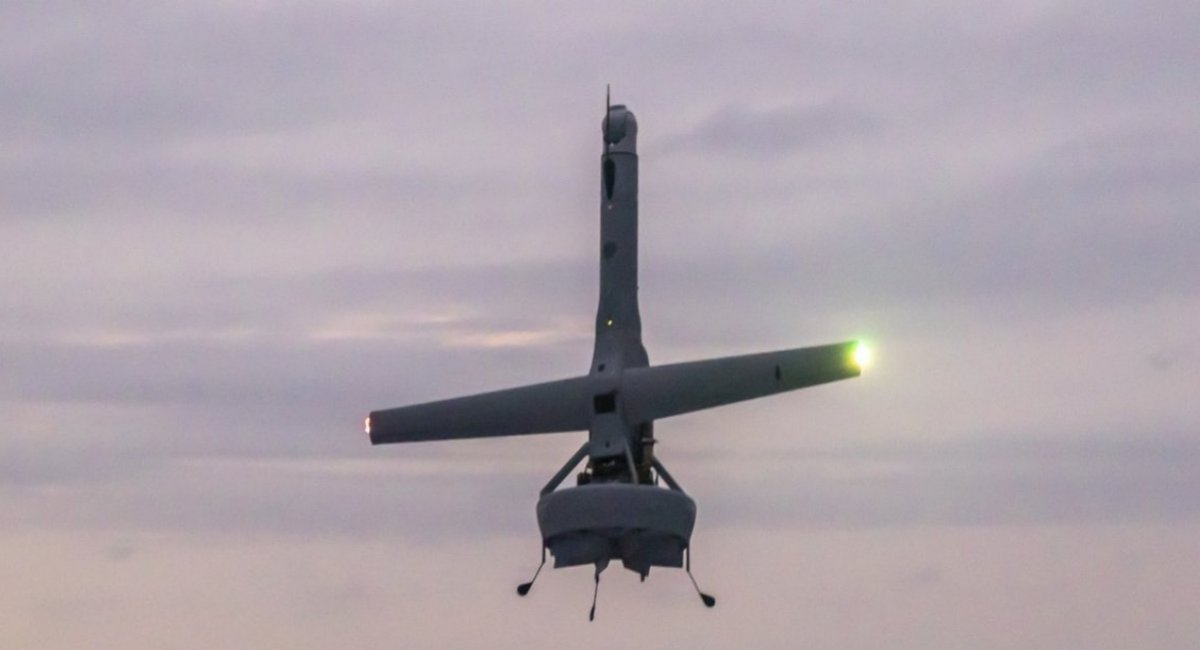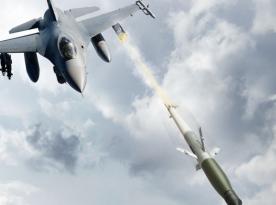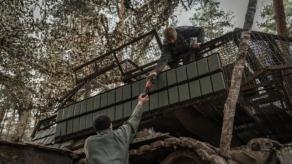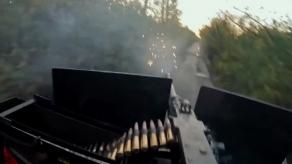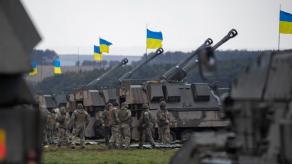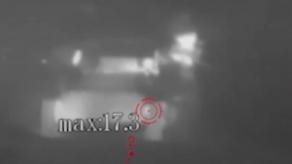Aiming to saturate the U.S. Armed Forces with unmanned aerial vehicles and counter-UAV equipment, the large-scale Replicator program was launched by the United States in 2023. According to a recent statement by Aditi Kumar, Deputy Director at the Pentagon's Defense Innovation Unit, the first stage of this project involving delivery of "thousands of cheap, autonomous platforms" should be completed by July 2025, in line with the previously set deadline of two years.
While implementing these first steps of the project, the American specialists have already identified a number of takeaways that should benefit the U.S. military in the future, analyzed in detail by Air and Space Forces Magazine.
Read more: V-BAT Drones, Secretly Tested in Ukraine, Set to Be Manufactured in India: Current Status of the Project
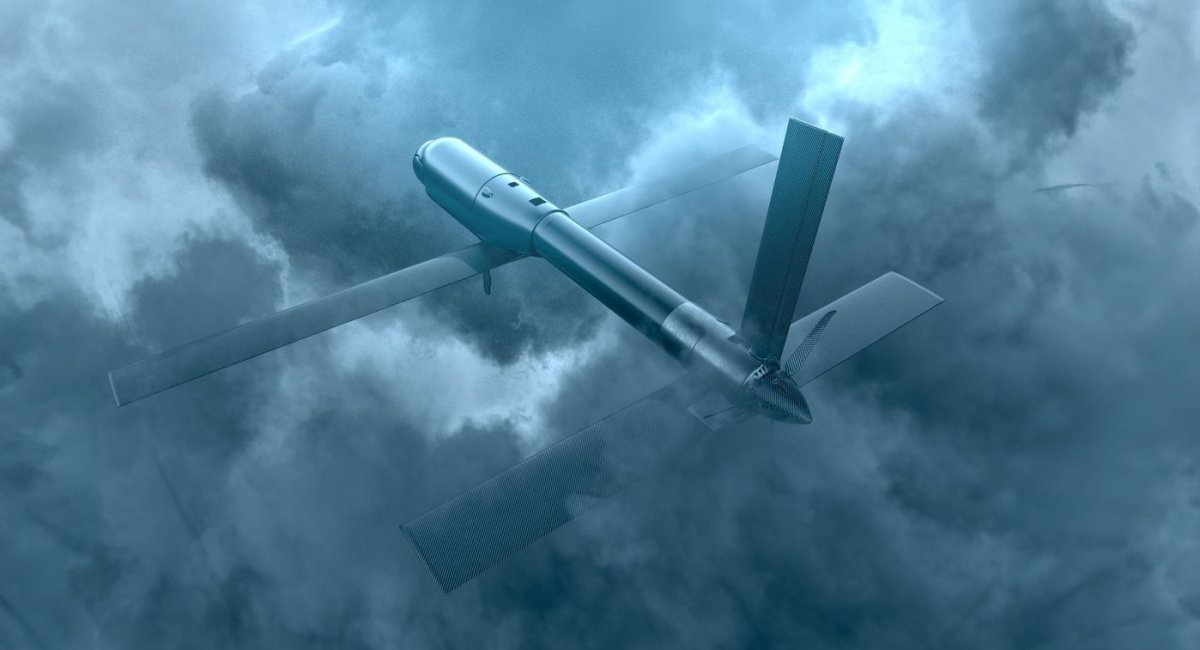
The first and most important is the importance of transparency and a clear dialogue with the industry about the army's future plans and needs. The second conclusion is that the most complex problems must be solved in advance, and such issues are associated mostly with software. In particular, Kumar highlights how the war in Ukraine clearly demonstrates that software updates must be integrated very quickly to keep up with the ever-evolving battlefield.
Software upgrades need to happen on a three- to four-week timeline, which is incredibly fast and has a cost," she said, noting that the lessons learned from Ukraine show that some of the Pentagon's services need to escape the "paralysis" they have about adopting new systems and change their approach.
Kumar argues that the reason for that is because the U.S. Department of Defense previously did not pay much attention to this area and allocated less funding than necessary, making the officials in charge weigh each time if an update would still be relevant by the time it's integrated.
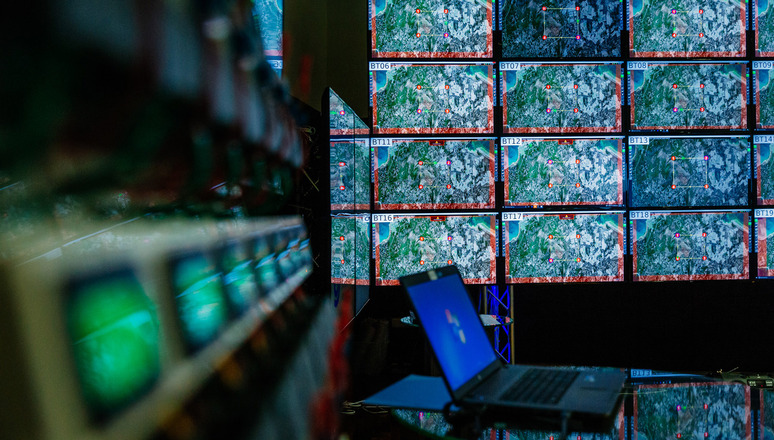
The third takeaway is the need for constant communication with Congress, to explain in detail why they need certain developments in order to gain support early in funding their projects on time and in the required amounts.
In the context of the Replicator, it's also important to mention that the United States has secretly tested some of the drones falling under this program in Ukraine before making a decision to include them in the project.
For example, earlier Defense Express covered how the Armed Forces of Ukraine have been secretly using American Ghost-X bomber drones powered by artificial intelligence since 2022. A similar cooperation was established with the developers of the V-BAT drone.
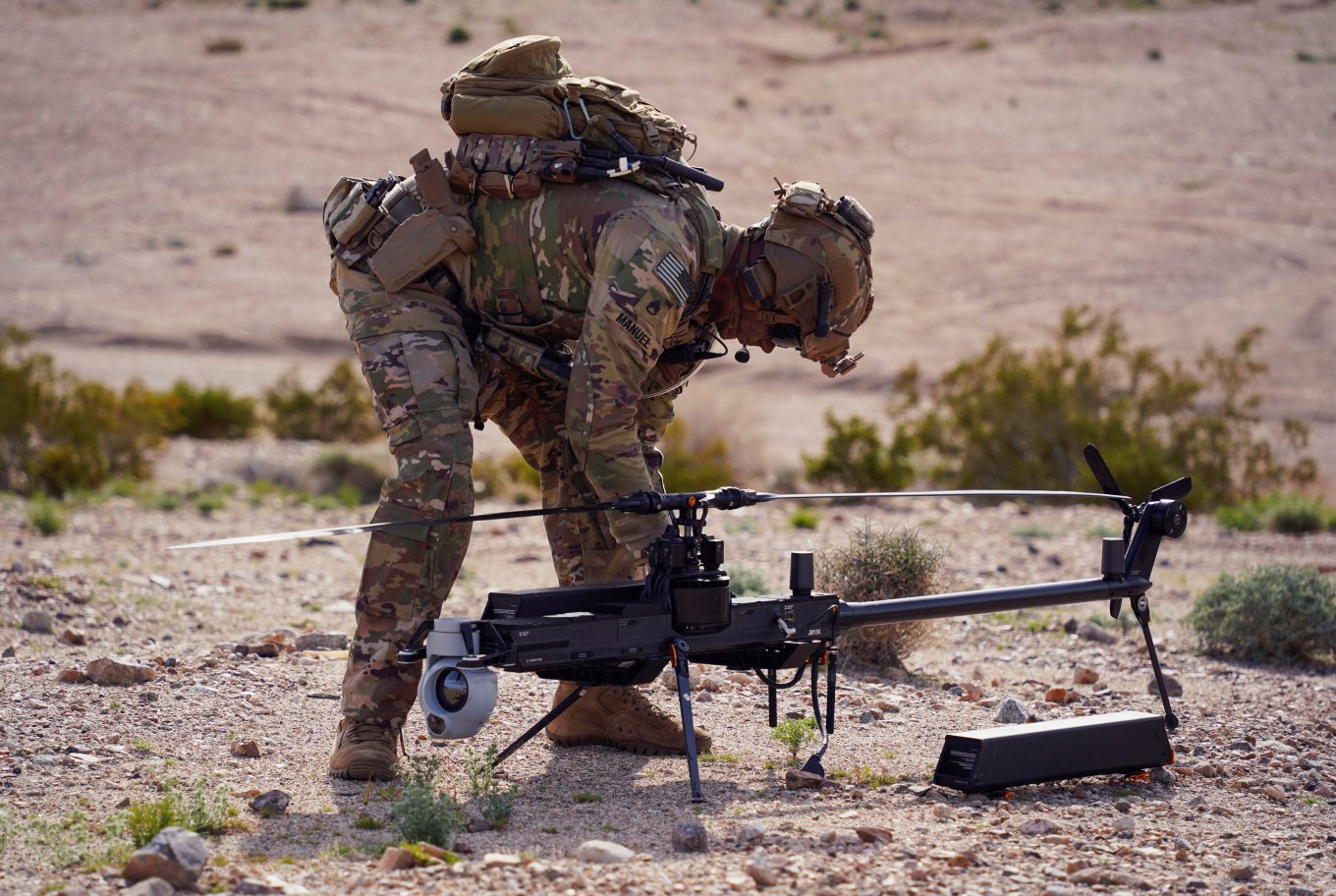
Read more: russians Developing a Drone With Which They Want to Shoot Down Ukrainian Strike UAVs




